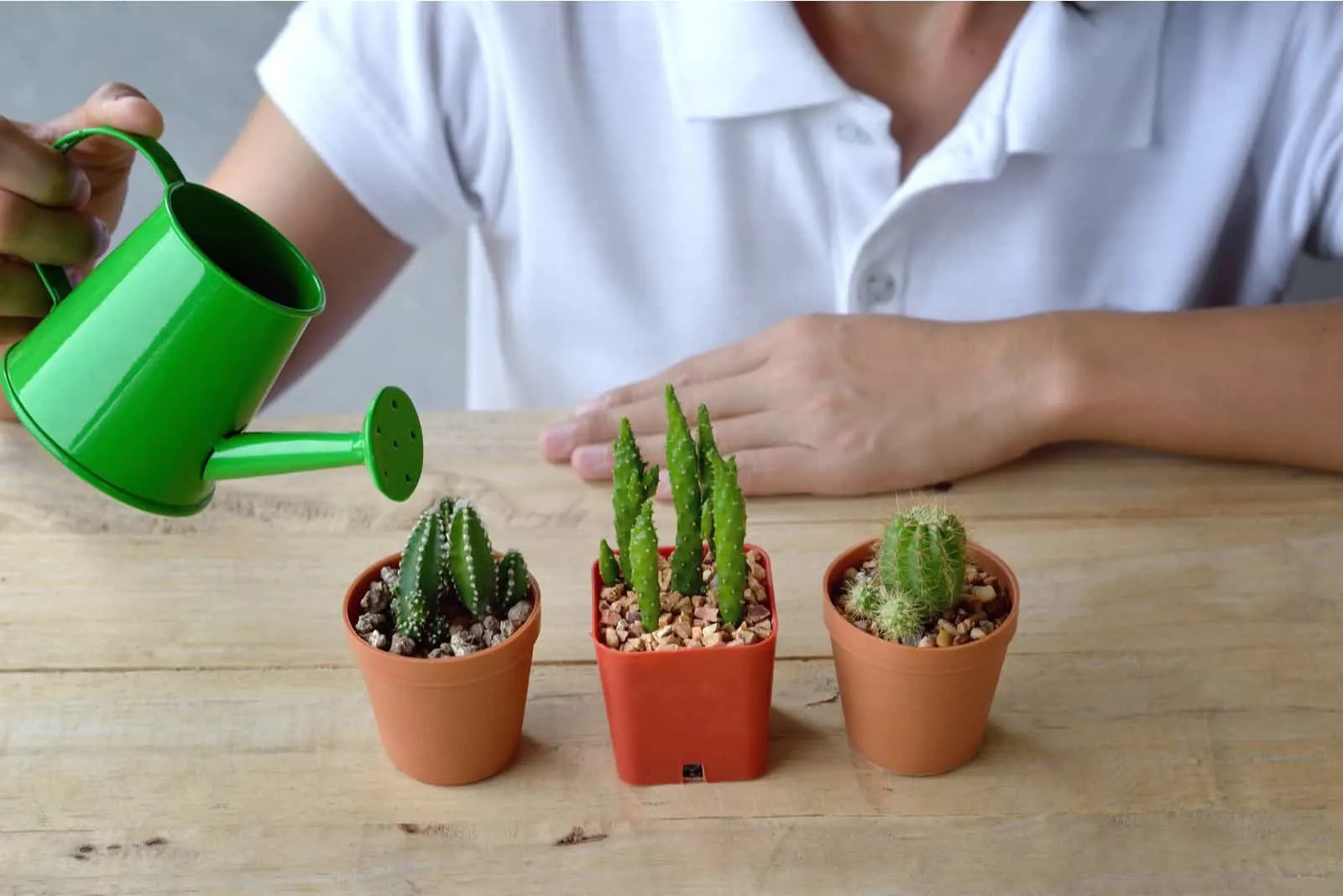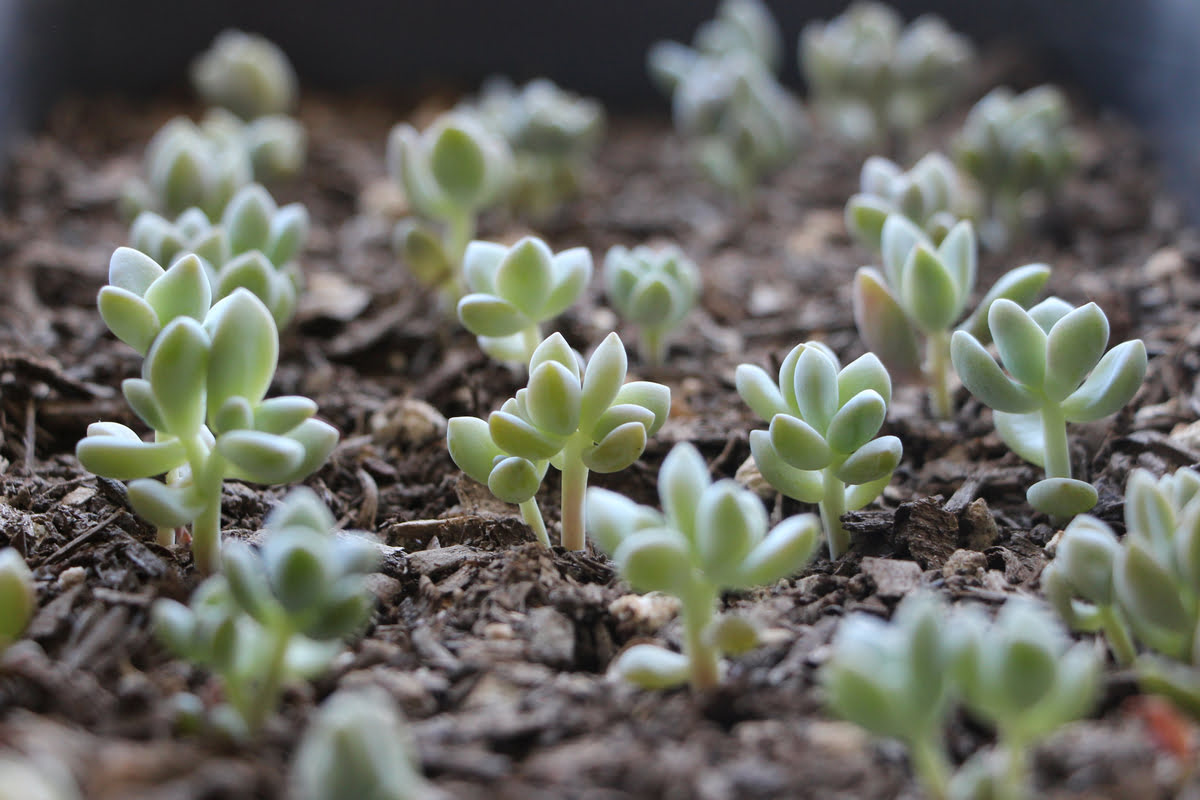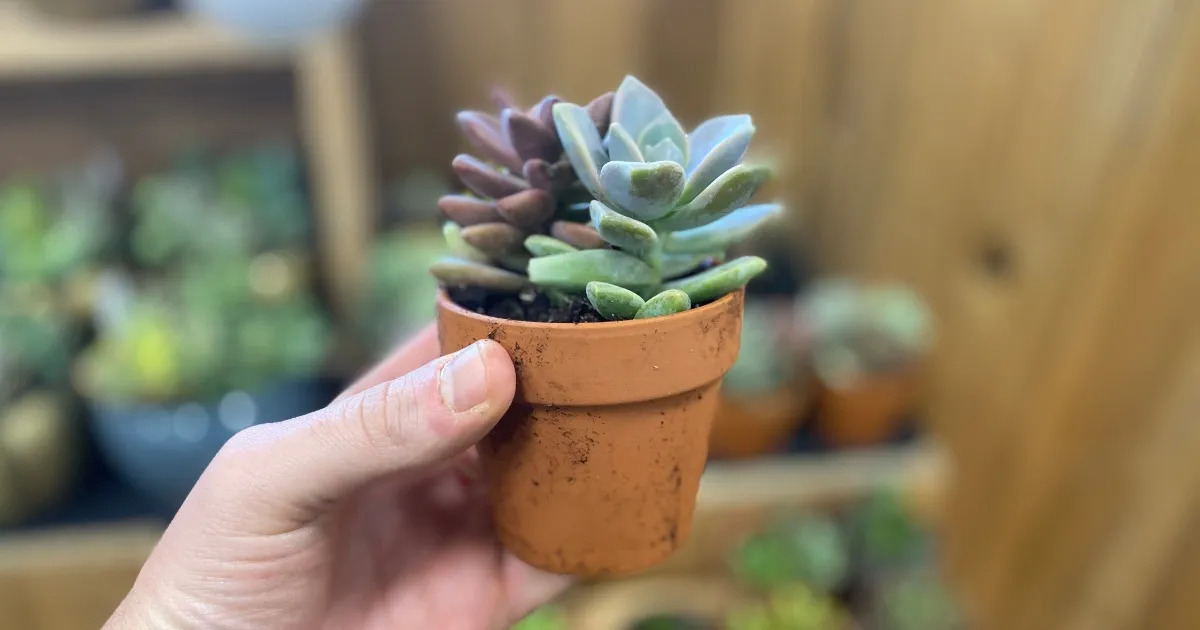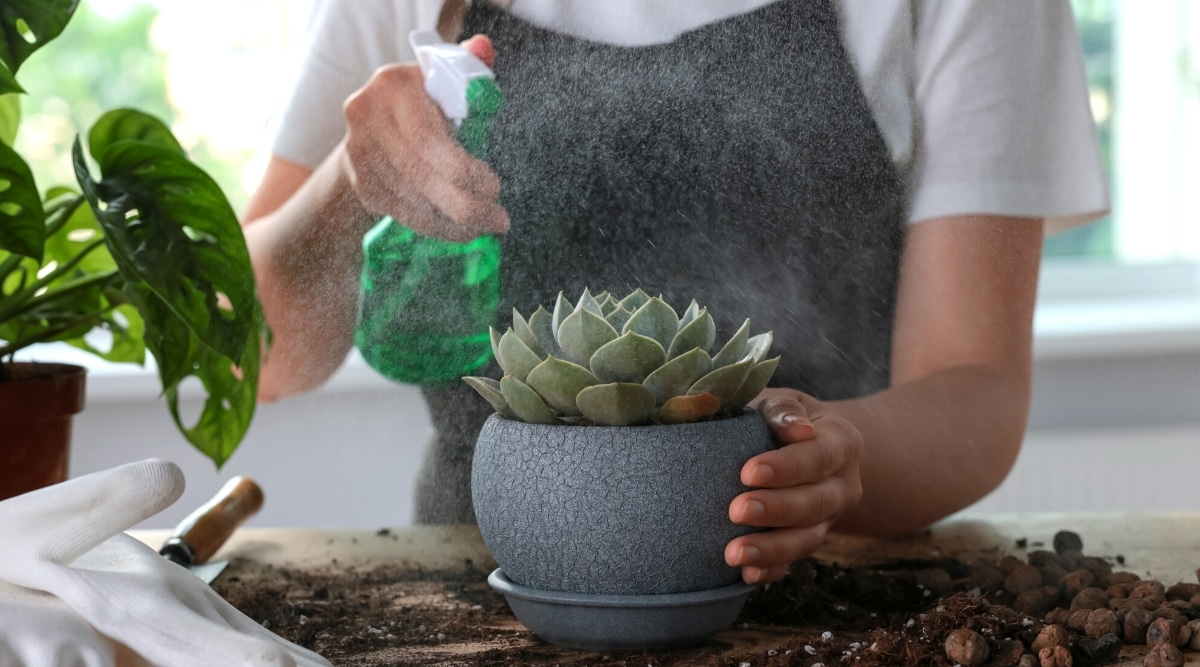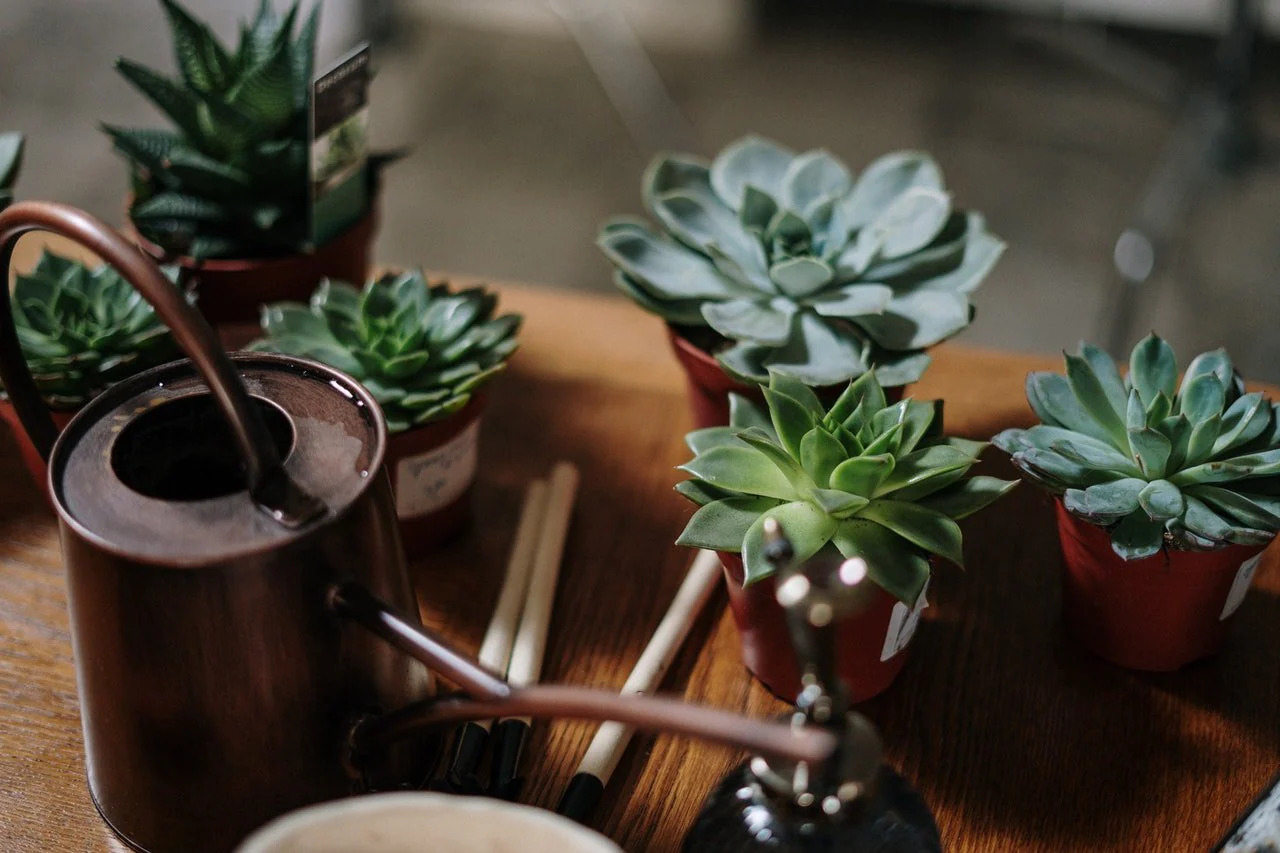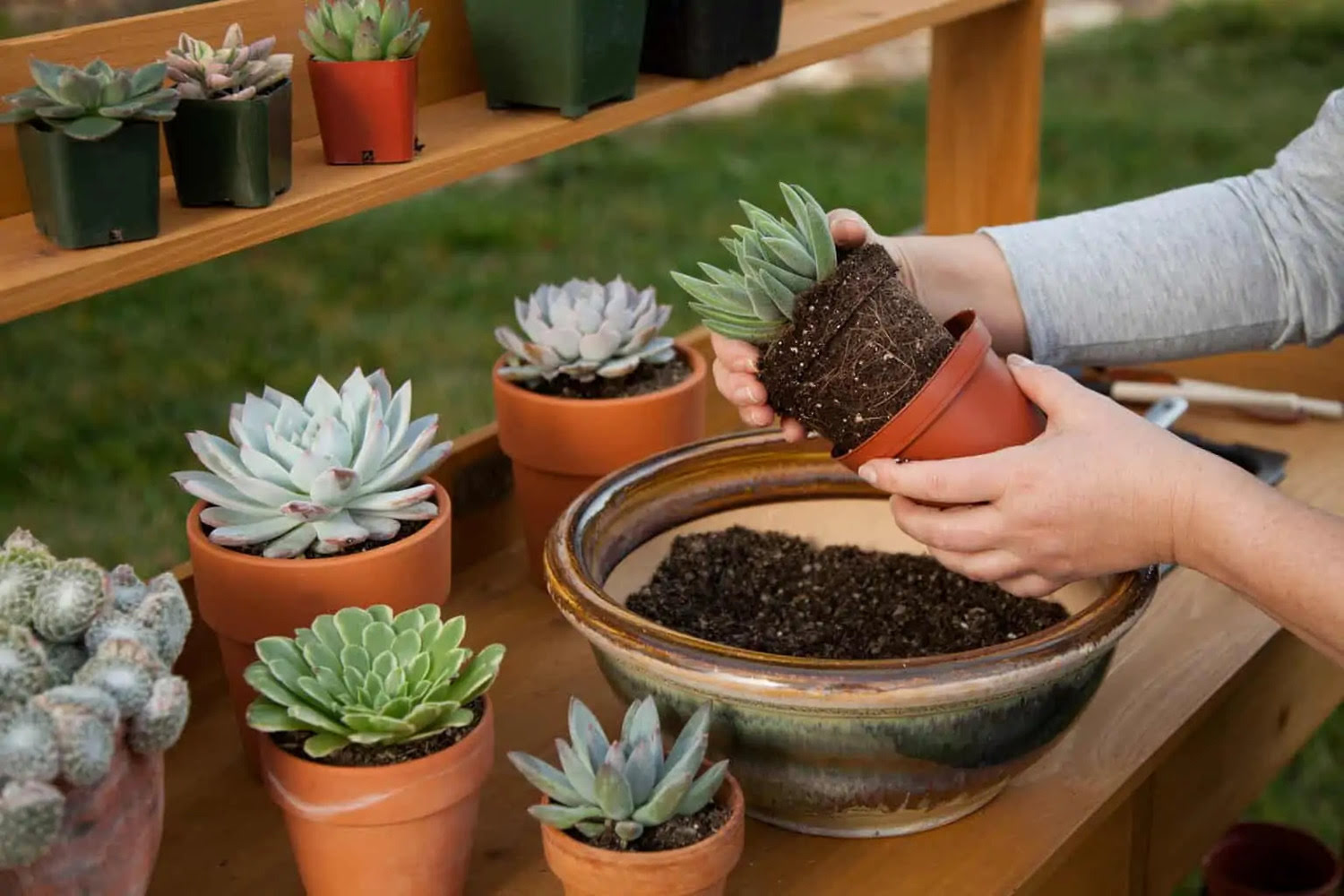Home>Types of Gardening>Ornamental Gardening>How To Propagate Succulents With Water
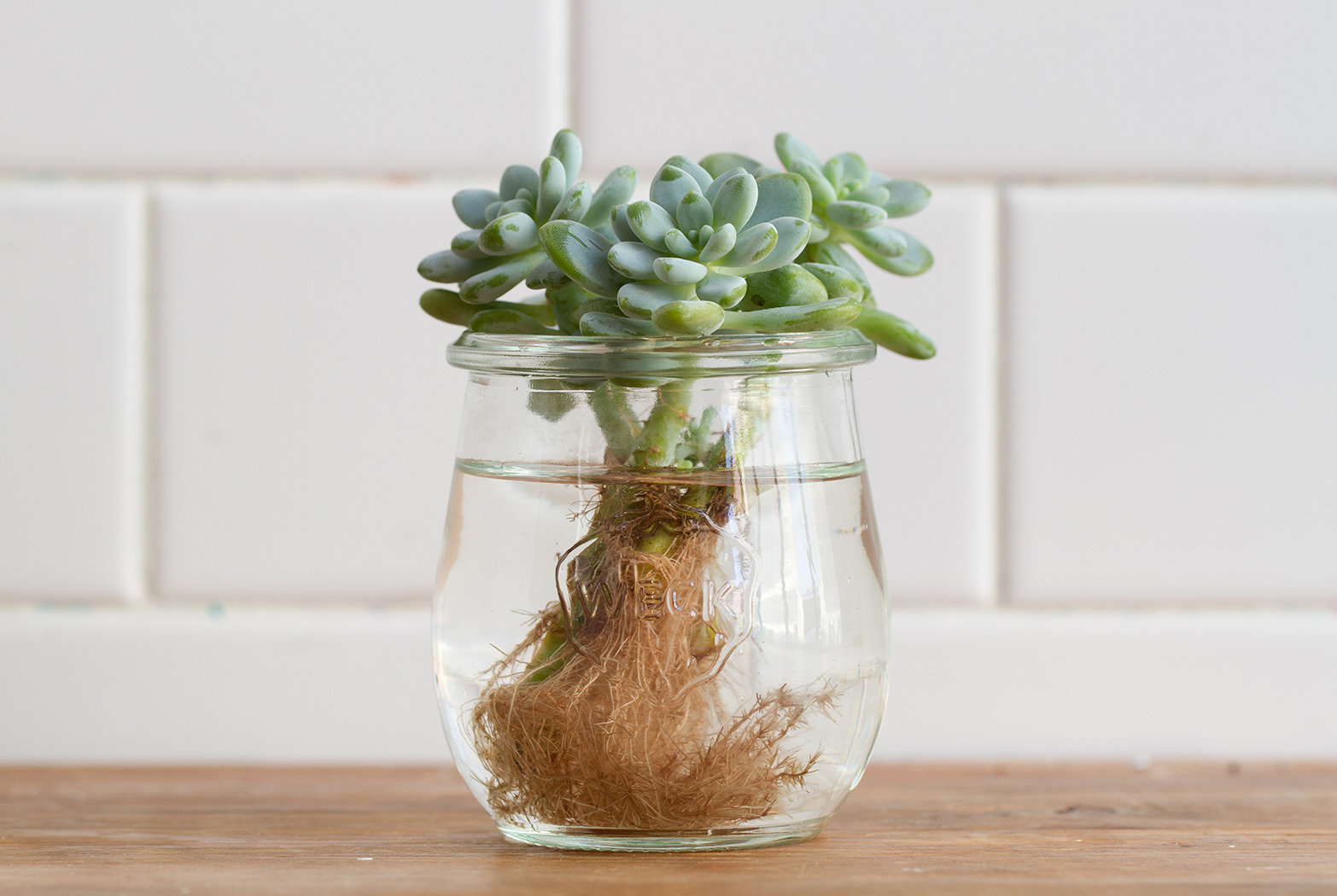

Ornamental Gardening
How To Propagate Succulents With Water
Modified: January 22, 2024
Learn how to propagate succulents using water in your ornamental gardening. Discover step-by-step instructions for successful propagation at home.
(Many of the links in this article redirect to a specific reviewed product. Your purchase of these products through affiliate links helps to generate commission for Chicagolandgardening.com, at no extra cost. Learn more)
Table of Contents
- Introduction
- Selecting Suitable Succulent Varieties for Water Propagation
- Preparing the Water Propagation Setup
- Steps to Propagate Succulents with Water
- Monitoring and Caring for Water Propagated Succulents
- Troubleshooting Common Issues in Water Propagation
- Transferring Water Propagated Succulents to Soil
- Conclusion
Introduction
Welcome to the world of ornamental gardening! If you have a passion for plants and want to add a touch of natural beauty to your surroundings, then ornamental gardening is the perfect hobby for you. One aspect of ornamental gardening that has gained popularity in recent years is water propagation, particularly when it comes to succulents.
If you’re new to succulents or gardening in general, you may be wondering what water propagation is and how it can benefit you. Water propagation is the process of growing new plants from cuttings or leaves in water, allowing them to develop roots before being transferred to soil. This method is not only fascinating but also a highly effective way to propagate succulents.
Why choose water propagation for your succulents? Well, first of all, it’s an excellent method for beginners as it requires minimal materials and expertise. Unlike traditional propagation methods that involve dealing with soil and potting mix, water propagation offers a hassle-free way to grow new succulent plants. In addition, water propagation allows you to observe the rooting process up close, giving you a deeper understanding of how plants grow.
Throughout this article, we will guide you on how to successfully propagate succulents using water. We will cover everything from selecting suitable succulent varieties for water propagation to the step-by-step process of propagating succulents in water. We will also discuss how to care for water-propagated succulents and troubleshoot common issues that may arise. By the end of this article, you’ll have all the knowledge and confidence you need to grow healthy and thriving succulents through water propagation.
Selecting Suitable Succulent Varieties for Water Propagation
When it comes to water propagation, not all succulent varieties are created equal. Some succulents are more adept at rooting in water than others. Therefore, it’s important to choose suitable succulent varieties that have a higher chance of success in water propagation. Here are some factors to consider when selecting succulents for water propagation:
- Leaf Succulents: Succulents with fleshy leaves are generally the most suitable for water propagation. These include popular varieties such as Echeveria, Sedum, and Crassula. Their thick leaves store water, allowing them to withstand the transition from water to soil once roots have developed.
- Rosettes or Rosette-like Shapes: Succulents that form rosettes or have rosette-like shapes, such as Sempervivum and Aeonium, tend to root well in water. Their compact growth habit and densely packed leaves make them ideal candidates for water propagation.
- Healthy Leaves: Look for succulents with healthy leaves that are free from damage or disease. Avoid using leaves that have signs of rot, pests, or dehydration, as they are less likely to successfully root in water.
- Mature Leaves: Select leaves that are fully grown and have reached their maximum size. Younger leaves may not have the necessary energy reserves to develop roots and grow into new plants.
- Choose Varieties with Growing Points: Varieties that have visible growing points, such as Haworthia and Kalanchoe, are more likely to develop roots when propagated in water. These growing points serve as a focal point for root development.
Remember, while these factors can increase your chances of success in water propagation, there is no guarantee that every leaf or cutting will root successfully. It’s all part of the learning process, and experimenting with different succulent varieties can be a fun and rewarding experience.
Preparing the Water Propagation Setup
Before you start propagating your succulents in water, it’s important to set up the appropriate environment to ensure successful rooting. Here are the steps to prepare your water propagation setup:
- Select Containers: Choose containers that are shallow and have enough space to accommodate the cuttings or leaves. Avoid using containers that are too deep, as this can lead to excessive moisture retention and potential rotting. Clear containers, such as glass jars or plastic trays, are ideal as they allow you to monitor root development.
- Use Filtered or Distilled Water: Succulents are sensitive to water quality, so it’s best to use filtered or distilled water for water propagation. Tap water may contain chemicals and minerals that can hinder root development. If filtered or distilled water is not readily available, you can fill a container with tap water and let it sit overnight to allow any chlorine to dissipate.
- Consider Adding Rooting Hormone (Optional): Although not necessary, rooting hormone can expedite root growth and improve the chances of successful propagation. You can find rooting hormone powder or liquid at your local gardening store. Simply dip the base of the cuttings or the end of the leaves in the hormone before placing them in the water.
- Provide Adequate Light: Succulents require bright, indirect light to thrive. Place your water propagation setup in a location that receives sufficient sunlight. A windowsill or a well-lit room is ideal. Avoid placing the containers in direct sunlight as it can lead to excessive heat and evaporation.
- Maintain Optimal Temperature: Succulents prefer temperatures between 65-75°F (18-24°C) for optimal root development. Avoid exposing your water propagation setup to extreme temperature fluctuations, as it can stress the plants and hinder their growth. If necessary, use a thermometer to monitor the temperature in the area where you’re propagating the succulents.
By taking these steps to prepare your water propagation setup, you’ll create a favorable environment for your succulent cuttings or leaves to develop roots and grow into new plants. Remember to observe the progress regularly and make adjustments as needed to ensure the best chances of success.
Steps to Propagate Succulents with Water
Now that you have your water propagation setup ready, it’s time to dive into the step-by-step process of propagating succulents in water. Follow these instructions carefully for a successful propagation:
- Take Healthy Cuttings or Leaves: Select healthy cuttings or leaves from your chosen succulent. Use a clean, sharp knife or scissors to make a clean cut. For stem cuttings, ensure that you have at least a couple of inches of stem with intact leaves. For leaves, gently twist or cut them off at the base.
- Allow Cuttings to Callus: Place the cuttings or leaves in a dry, well-ventilated area and allow them to callus for a few days. This step helps to prevent rot when the cuttings are placed in water.
- Place Cuttings in Water: Fill your containers with filtered or distilled water, ensuring that the bottom of the cuttings or the base of the leaves are submerged. Avoid submerging any leaves or buds in the water, as this can lead to rot. Place the containers in a well-lit area but away from direct sunlight.
- Monitor Root Development: Keep an eye on the cuttings or leaves and check for signs of root growth. It may take a few weeks or even a couple of months for roots to develop, depending on the succulent variety. Be patient and resist the temptation to disturb the cuttings during this period.
- Change the Water Regularly: Every 2-3 days, refresh the water in the containers to prevent the growth of bacteria or algae. Gently rinse the cuttings or leaves under running water to remove any accumulation of slime or debris. Replace the water with fresh filtered or distilled water.
- Wait for Healthy Root Growth: Once the cuttings or leaves have developed healthy roots of about an inch or more, they are ready to be transferred to soil. Healthy roots are usually white or light-colored and feel firm to the touch.
Following these steps consistently and providing the necessary care will increase your chances of successful water propagation. Remember to be patient and give the succulents time to develop strong root systems before transferring them to soil.
Monitoring and Caring for Water Propagated Succulents
Once your succulents have developed healthy roots through water propagation, it’s important to monitor and care for them properly to ensure their continued growth and success. Here are some tips for monitoring and caring for water-propagated succulents:
- Transitioning to Soil: When the roots have reached a sufficient length of about an inch or more, it’s time to transplant the water-propagated succulents to soil. Gently remove the cuttings or leaves from the water and allow them to dry for a day or two before planting them in well-draining succulent soil.
- Providing Adequate Light: Succulents thrive in bright, indirect light. Place your newly transplanted succulents in a location that receives ample sunlight. If indoor light is not sufficient, consider using grow lights to supplement their light needs. Avoid exposing them to direct sunlight immediately after transplantation, as it can cause sunburn or damage to the leaves.
- Watering with Care: Succulents prefer dry conditions and can be prone to overwatering. Water your newly transplanted succulents sparingly, allowing the soil to dry out between waterings. Stick your finger into the soil to gauge its moisture level. If it feels dry up to the first knuckle, it’s time to water. Remember, it’s better to underwater than overwater succulents.
- Providing Adequate Drainage: Proper drainage is essential for succulents to prevent waterlogged soil, which can lead to root rot. Ensure your succulent pots have drainage holes at the bottom and use well-draining soil that allows excess water to flow out easily. Excess water should never sit in the saucer or container.
- Maintaining Optimal Temperature: Succulents prefer temperatures between 65-75°F (18-24°C). Avoid exposing them to extreme temperature fluctuations or cold drafts. If temperatures drop below their preferred range, consider moving them to a warmer location or using a plant heat mat to provide gentle warmth.
- Practicing Patience: Succulents are slow growers, and it takes time for them to establish and develop. Be patient with your water-propagated succulents and avoid the temptation to provide excessive care or fertilization. They will gradually grow and thrive with time and proper care.
By monitoring and caring for your water-propagated succulents with these guidelines in mind, you’ll ensure their ongoing health and success. Remember, each succulent variety may have slightly different care requirements, so it’s important to research and understand the specific needs of your succulent varieties for optimal growth.
Troubleshooting Common Issues in Water Propagation
While water propagation is generally a straightforward process, there are some common issues that may arise along the way. Here are some troubleshooting tips for common problems you may encounter in water propagation:
- Rotting: If you notice that your succulent cuttings or leaves are turning mushy or black, it’s a sign of rot. This can occur if the bottom of the cuttings or leaves is submerged in water or if there is excessive moisture. To prevent rot, ensure that only the base of the cuttings or leaves is submerged in water and that the containers are well-ventilated. Additionally, make sure to use healthy and disease-free materials for propagation.
- No Root Development: Lack of root growth can be frustrating, but it’s important to be patient. Some succulent varieties naturally take longer to develop roots. However, if you don’t see any signs of root growth after several weeks, reassess your propagation conditions. Check that the cuttings have callused properly and that they are receiving enough indirect light. Consider using a rooting hormone to stimulate root development.
- Algae Growth: Algae can be a common concern in stagnant water. To prevent algae growth, ensure that you change the water regularly every 2-3 days. You can also add a few drops of hydrogen peroxide to the water to inhibit algae growth. If you notice excessive algae, remove the affected leaves or cuttings from the container and clean it thoroughly before starting again.
- Slow Growth: If your water-propagated succulents are not showing significant growth, it could be due to inadequate light, low temperature, or nutrient deficiencies. Ensure that your succulents are receiving bright, indirect light for at least 6-8 hours a day. Maintain the recommended temperature range for their growth. Consider providing a diluted succulent fertilizer once every few weeks to provide essential nutrients.
- Weakening or Wilting: If your propagated succulents are weakening or wilting, it could be a sign of overwatering or underwatering. Adjust your watering frequency accordingly, allowing the soil to dry out between waterings. Ensure that your containers have proper drainage to prevent waterlogging. Evaluate the temperature and humidity levels to ensure they are within the appropriate range.
Remember that not every propagation attempt will be successful, and it’s all part of the learning process. Pay attention to the needs of your succulents, make adjustments as needed, and continue to refine your water propagation techniques.
Transferring Water Propagated Succulents to Soil
Once your water-propagated succulents have developed healthy roots, it’s time to transfer them to soil, providing them with a suitable growing medium for long-term growth. Follow these steps to successfully transplant your water-propagated succulents:
- Prepare Well-Draining Soil: Succulents require well-draining soil to prevent root rot and promote healthy growth. Use a commercial succulent or cactus soil mix or create your own by combining regular potting soil with perlite or coarse sand to improve drainage.
- Choose Appropriate Containers: Select containers that have drainage holes at the bottom to allow excess water to escape easily. Ensure the containers are large enough to accommodate the succulent’s root system while leaving some room for growth.
- Remove Succulents from Water: Gently remove the water-propagated succulents from the water, being careful not to damage the delicate roots. Allow the cuttings or leaves to air dry for a day or two to allow any excess moisture to evaporate.
- Plant Succulents in Soil: Dig a small hole in the soil of the container and place the roots of the succulent into the hole. Gently backfill the hole with the soil mixture, ensuring that the roots are covered but the leaves and stem remain above the soil level. Press the soil lightly around the base of the succulent for stability.
- Provide Indirect Light: Place your newly transplanted succulents in a well-lit area that receives bright, indirect sunlight. Gradually acclimate them to the new light conditions to prevent sunburn or leaf damage. Start with a few hours of sunlight each day and gradually increase the duration over time.
- Water Sparingly: After transplanting, water the succulents sparingly. Aim to moisten the soil but avoid making it overly saturated. Allow the soil to dry out between waterings, and adjust the frequency based on the succulent’s water requirements and the environmental conditions.
- Monitor and Nurture: Keep a close eye on your newly transplanted succulents and monitor their growth and health. Regularly check the soil moisture levels, ensuring it’s not too wet or too dry. Keep an eye out for any signs of stress, such as wilting or discoloration, and address any issues promptly.
By following these steps and providing the necessary care, you’ll give your water-propagated succulents the best chances of thriving in their new soil environment. Remember to be patient and allow the succulents time to adjust to their new surroundings before expecting significant growth.
Conclusion
Congratulations! You’ve completed the journey of learning how to propagate succulents with water. Water propagation is not only a fascinating and rewarding method, but it also allows you to expand your collection of succulents without much effort. By following the steps outlined in this guide, you can successfully propagate your favorite succulent varieties and watch them grow into thriving plants.
Remember that water propagation may not guarantee a 100% success rate with every cutting or leaf, but that’s part of the excitement and experimentation in gardening. Embrace the learning process and enjoy the discoveries along the way. With practice, you’ll become more proficient and confident in your water propagation skills.
As you continue on your ornamental gardening journey, keep in mind that succulents have their unique care requirements. Research and understand the specific needs of the different succulent varieties you propagate, as this will help ensure their health and longevity.
Now, armed with the knowledge of selecting suitable succulent varieties, preparing the water propagation setup, and the step-by-step process of water propagation, you have all the tools needed to embark on your succulent propagation adventures. Remember to monitor and care for your water-propagated succulents, troubleshoot any issues that may arise, and eventually transfer them to soil to continue their growth journey.
Enjoy the beauty and diversity that succulents bring to your surroundings, and relish the joy of watching them thrive as you nurture them from propagations to mature plants. Happy water propagation, and may your succulent collection continue to blossom and bring you endless delight!
